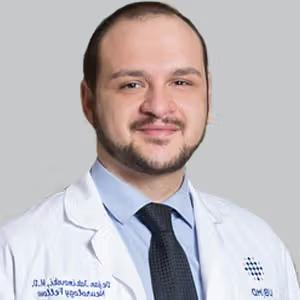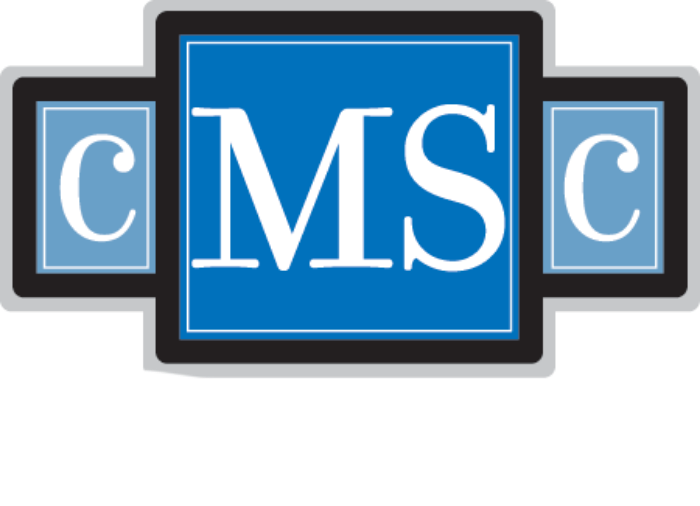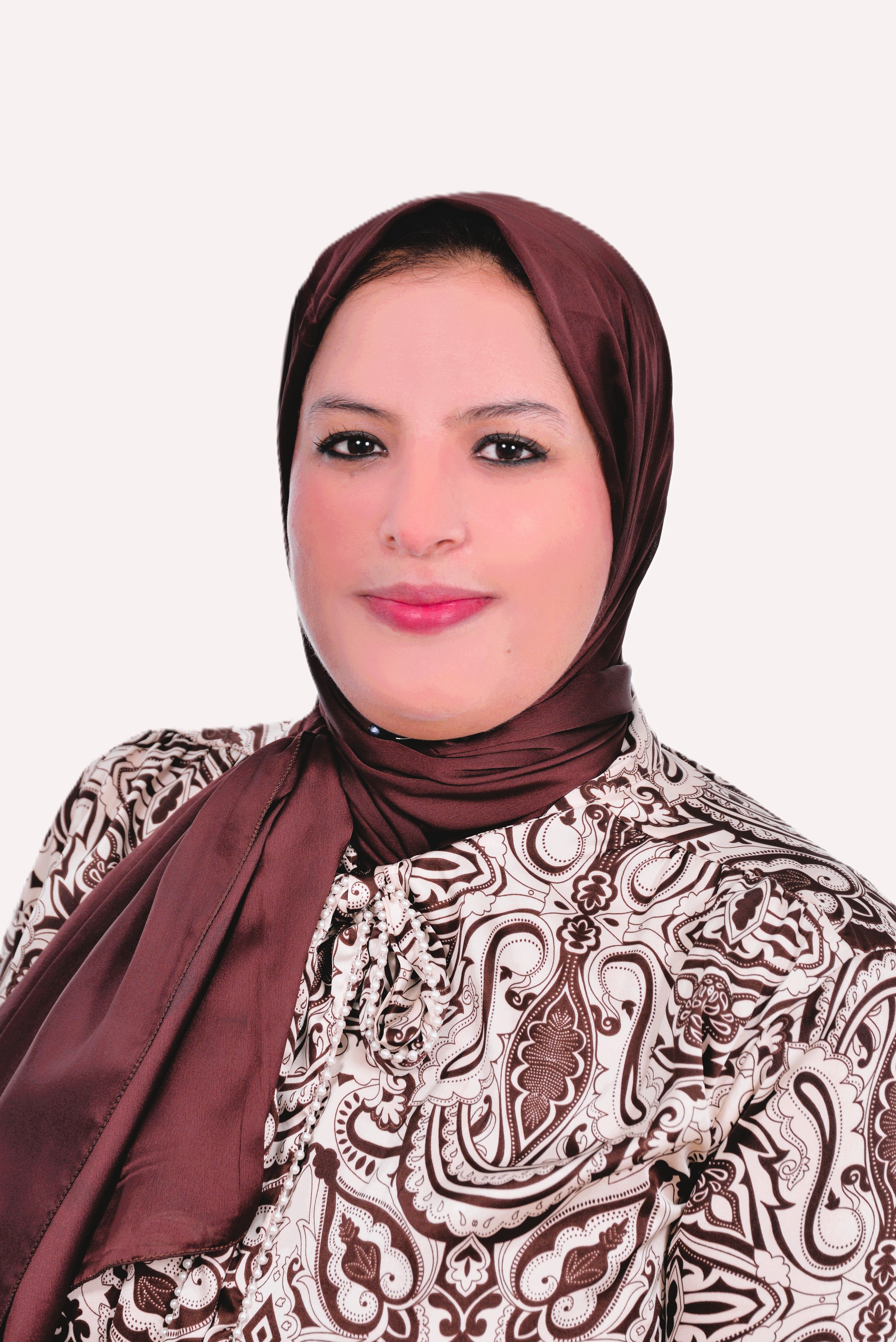News
Research Article
IJMSC Author Spotlight: Dejan Jakimovski, MD, PhD
Author(s):
IJMSC Author Spotlight shines a light on the people behind the research.
Dejan Jakimovski, MD, PhD
[Photo courtesy of bnac.net]

Author Dejan Jakimovski, MD, PhD, was the first author of Long-Term Changes in Patient-Reported Outcome Measures in People With Multiple Sclerosis 55 Years and Older: Analysis From the New York State Multiple Sclerosis Consortium published in the International Journal of Multiple Sclerosis Care (IJMSC) in October 2025. It was the first paper in the 2025 theme issue on aging and multiple sclerosis (MS).
is a research assistant professor in the Department of Neurology, University at Buffalo, the State University of New York, and research advisor at Buffalo Neuroimaging Analysis Center. In 2015, He completed his medical degree at Saints Cyril and Methodius University, Skopje, Macedonia, and received a PhD in neuroscience at the University at Buffalo in 2020.
Jakimovski recently sat down with IJMSC to talk about the paper, his career paths, and his research.
International Journal of Multiple Sclerosis Care (IJMSC): Tell us the story of this paper. Where did the idea come from? How did you form the research team?
Dejan Jakimovski, MD, PhD (DJ): The paper was originally devised by the New York State Multiple Sclerosis Consortium [NYSMSC], 17 active MS [multiple sclerosis] sites contributing data from around New York State. These sites are both in academic centers like our own University at Buffalo and [the University of] Rochester and in community-based practices as well. We have a good range of data for different types of patients...and the consortium has been collecting data for at least 20 years, so we have a good amount of retrospective data as well. We have been using the LIFEware System consistently over the last 5 to 10 years, trying to validate it as a good proxy for patient-related outcome measures. It incorporates not only the physical but also has psychosocial and quality-of-life questions. It’s very concise, a single page, not 60 questions or multiple pages, and patients really appreciate that. So although not as detailed as some of the already validated patient-reported outcome measures out there, we are slowly seeing that we can validate [it]. We have been using [LIFEware] for the past 10 years or so, so we are able to look back and see longitudinally whether the patient-reported outcome measures have changed. Our first studies were really helpful to understand the predictive ability of patient-reported outcomes in terms of multiple sclerosis, and we have seen that patients typically report negative physical outcomes, subjective outcomes that are predictive of how much disease progression they will have…. However, over time, we have been seeing…decreases in physical limitation but mostly stable psychosocial responses. We wanted to retrospectively look more carefully at the trajectories of different aspects of physical outcomes vs psychosocial outcomes. Does age contribute? Has the literature looked into the discrepancies in physical vs psychosocial outside of the world of multiple sclerosis? We were happy to see what we thought was the pattern actually showing up. It’s true. We saw that [people with] multiple sclerosis are, despite increasing physical disability, actually saying that their psychosocial state is improving over time.
IJMSC: A little bit of backtracking. What is the LIFEware questionnaire? Is it from the NYSMSC?
DJ: LIFEware was originally developed in Buffalo and used in rehabilitation to predict how patients are improving physically and psychosocially. It has been validated for this population. I think there’s a validation study within cardiac intervention as well. Our group wanted to bring it over into the neurology world.
IJMSC: How did you get connected to the NYSMSC?
DJ: The consortium was originally founded by Dr Lawrence Jacobs in the 1990s, and the so-called headquarters has been in Buffalo ever since. It’s been under the leadership of [Bianca] Weinstock-Guttman, MD, for the last 20 years or so. When I originally joined the University at Buffalo, I was grandfathered into caring for the database and working with the data from the consortium.
IJMSC: Was anything about this paper surprising to you?
DJ: I think the findings are very important going forward, especially with the aging MS population and especially as we’re trying to understand what we should expect as a positive vs a negative outcome when we look at patient-reported outcomes as increasingly important secondary or tertiary outcomes in clinical trials or long-term studies. It might not be sufficient to say that stable psychosocial reporting over a long period of time, especially in an aging population, is a positive outcome. We need to readjust our expectations in order to say that that is somebody who is not progressing on a normal trajectory. Despite decreasing physical abilities, patients should be reporting improving psychosocial outcomes; their quality of life should be increasing. For example, secondary progressive MS trials are increasingly using patient-reported outcomes, and they’re saying that the medication works if they remain stable, [meaning] patients do not express worsening of their patient-reported outcomes. Now we would comment on how this is not the expected trajectory, and if anything, patients should report improvement.
"It might not be sufficient to say that stable psychosocial reporting over a long period of time, especially in an aging population, is a positive outcome. We need to readjust our expectations in order to say that that is somebody who is not progressing on a normal trajectory."
Interestingly, when we looked outside of the multiple sclerosis world…we see that this is the expected trajectory: improved quality of life as [people] age, despite the limitations that they inevitably accumulate. For example, there was a very interesting Swedish study that showed that people who are 60 to 70 years old express that they have the highest amount of energy and [the least] amount of fatigue, even compared with 30-year-olds or 40-year-olds…. I think about multiple sclerosis and the limits of [study] age cutoffs, how many patients are being included in studies, and how many patients we are treating who are well into the geriatric population.
This study was needed to give us a baseline reference of what we should expect going forward. I think this can be extrapolated to many different interventions, from cognitive, physical, rehabilitative, and, most importantly, to find patients who may benefit from a psychosocial intervention. If you see patients stagnating over 3, 5 years in their feeling of anxiousness or if they’re expressing that they’re increasingly isolated…or expressing feelings of guilt, I think these are important aspects to think of, that they’re not following the expected increase in well-being as they age, so maybe they become candidates where previously they would have not been considered. As doctors, sometimes we are very happy with a stable state, and it’s important to understand that some things need to improve over time as well.
IJMSC: How did you get involved in MS research? What was your path to where you are now?
DJ: My path has beenmultiple sclerosis research for the past 12 years or so. Originally, I graduated [medical school] in the Republic of North Macedonia, in Europe, and I came to the United States trying to pursue residency. However, I joined the University at Buffalo as a research fellow, and I was offered [the possibility of doing] a PhD in neuroscience, particularly focused on multiple sclerosis research…. The University at Buffalo is the place where, historically, a lot of multiple sclerosis research has happened, so being passionate about multiple sclerosis from both a personal and professional point of view, I couldn’t say no to an opportunity like that. I [have had wonderful] mentors, very talented mentors—Dr Weinstock-Guttman, Dr Robert Zivadinov, Dr Ralph Benedict—who are experts within their own respective fields from clinical neuroimaging to cognitive outcomes. So I said to myself that there [would] be no better place [with this kind of] mentorship in multiple aspects of multiple sclerosis. So I took that opportunity and stayed there and grew and grew as dynamics researcher from there.
Plus, there was the [opportunity] to have access to the database that Dr Jacobs started as part of the New York State MS Consortium. It’s tremendously valuable for me and any incoming researchers, as it is a wealth of data that can be further improved and investigated. For example, we’re planning to look into socioeconomics, such as distance from health care facilities. We’re in the process of updating the zip codes of all MS patients, around 10,000 MS patients, within that database to see the distance to the health care facility, socioeconomic status of the area, and also the socioeconomic status of the patients themselves, education, the size of their social network. Naturally, you would expect all these factors to have an impact on the patient-reported outcomes. However, no study has looked at them in more of a comprehensive way as we are planning to do, so that sounds like a good next step.
IJMSC: So would you say your area of specialization is this database? Aging and MS? How would you categorize your research?
DJ: I have multiple research focuses. One is definitely aging and multiple sclerosis. My primary PhD work was the effect of cardiovascular risk factors on multiple sclerosis outcomes, clinical neuroimaging, and cognitive outcomes. As people age, [they] have more cardiovascular risk factors, and [they will have] more effect on the disease itself. Throughout my PhD years, I showed that people with hypertension, diabetes, heart disease, and hyperlipidemia have worse clinical outcomes: They accumulate more lesions, they have more brain atrophy, and they have more cognitive decline over time. And this translated to me [that I should be] pursuing the aging track of multiple sclerosis as well. Almost 5 years ago, we looked at what would be the cognitive profile of an aging MS patient, especially since early multiple sclerosis is more associated with cognitive processing speed impairments. We realized that as patients age, the decline in cognitive processing speed plateaus, no further decline occurs, and other cognitive domains are impacted, like verbal fluency and language. If you want to follow, let’s say, a 70-year-old MS patient over the next 5 years and see if there’s really a cognitive decline, you wouldn’t pick the gold standard of cognitive processing speed because that patient [may have] already reached the maximum decline within that domain, and we should be measuring other aspects of cognition to determine not only the trajectory of that patient but also, ultimately, if we’re going to treat these aging MS patients. What are we going to preserve? There has to be something that we’d be able to preserve in order to measure rather than something that has already deteriorated to the baseline level that we should expect. Ultimately, my work has also been focused on the use of MRI in terms of how we can better quantify multiple sclerosis outcomes through imaging. From patient-reported outcomes, we have shown that worse subjective report of physical limitation is actually better associated with the amount of brain volume loss and the size of, for example, key MRI measures like atomic volume than the objective neurological exam score. Patients are a better gauge of the state of their disease and what the neurologist can do with the sometimes crude physical outcomes measures like the [Expanded Disability Status Scale (EDSS)]. Maybe using patient-reported algorithms can breach what we know as the radiological clinical paradox, or the gap that exists where a patient can have a significant amount of pathology on an MRI scan but physically have good outcomes and vice versa. Patients…are in a wheelchair, and then you look at their MRI, and there are really no features that would suggest that kind of clinical outcome. Patient-reported outcomes can provide a bridge [over] that gap that we have, the paradox between the clinical and radiological aspects. In a way, I have been a jack-of-all-trades in terms of multiple sclerosis because I have been mentored by 3 wonderful mentors who are experts in their own domains.
"...ultimately, if we’re going to treat these aging MS patients. What are we going to preserve?"
IJMSC: How does research improve clinical care? Where do research and clinical care meet?
DJ: We work with limited amounts of time and [money] and want to target interventions where patients could experience the biggest improvement, and patient-reported outcomes definitely can point us to the area that could benefit the most from a targeted intervention…. For example, our patient-reported outcomes questionnaire [asks about] upper extremity, lower extremity [disability], the ability to get up from a low seat vs driving, vs psychosocial aspects. Clinically [screening patients] every visit with a…single-page questionnaire, we can see that patients are continuing to decline in, let’s say, the manual dexterity in their arms, and this is something that has been significantly [affecting] their quality of life as well. Maybe if the patient already has an EDSS [score] of 6, using a cane, or maybe 7, being in a wheelchair, physical rehabilitation interventions focusing on their hand dexterity…may be the best intervention. This is what we should do to limit further progression, rather than trying to work on…walking. Targeting something where we can actually expect reasonable outcomes is more important. [The LIFEware tool] also screens for depression, because it is something that has been very important within the multiple sclerosis world, and loneliness. The questionnaire has a specific question about loneliness, and we know that, only a few years ago, loneliness was called a new pandemic. [It] can have a negative outcome for a lot of diseases, including multiple sclerosis. Patients who feel lonely do tend to have worse progression in physical and psychosocial outcomes. Screening for that is very important, and sometimes it’s small changes, including group therapy, in-person therapy, physical therapy, or just recommending [that they attend] the local [National] MS Society meeting…[that] can significantly impact their loneliness, and eventually, we have seen that it can prevent some physical disability. In terms of bang for the buck, one day of a group meeting and social interaction may [have] as much benefit as giving some hundreds or thousands of dollars of disease-modifying therapy. Of course, I’m not saying that either should be excluded; I’m just saying that there are so many more versions of how we can impact a patient’s life than just prescribing disease therapies or managing their symptoms on a yearly basis.
We have shown over multiple years that it’s really imperative to have patient-reported outcomes at every clinical visit. I know clinics can sometimes have time constraints, [but] establishing a baseline for patient-reported outcomes and then revisiting that whenever you think that there might be a significant change are so important. Just as we [advise] for establishing baseline MRI, brain volume, and looking at atrophy over time or establishing baseline of cognitive functioning, we really need to establish a baseline for patient-reported outcomes. We can then use that baseline going forward [to see] whether things are changing in a significant manner and which domain [is] changing, [what] physical, psychological, social aspect that we can target.
"That’s the limitation of AI. You cannot trust it 100%."
IJMSC: Do you have an opinion on the growing use of artificial intelligence [AI] in clinical care, research, or writing?
DJ: I think AI will have a tremendous impact on research, especially when we [want] research [to be understood] by the general population and the people whom the research is being written about. For example, something that has not been talked about as much is how AI can…take a scientific manuscript…and provide a layman’s summary, something that not every outlet does…. Research can sometimes be impenetrable to patients…. [Summaries] are going to be key to [minimizing] the disconnect between academia, the clinical world, and the patient population itself.
I also find [AI] intriguing and useful from a diagnostic point of view, a radiological point of view. Currently, patients have access to the radiologist’s full report that can contain information that might be incidental in nature but [can] sound scary. [An innovation] could be using AI to generate impressions for the patients to say, “This is an incidental finding that is normal within 30% of the population, and having a cyst here or having this small arterial venous malformation or developmental venous malformation is something normal and not something to be scared about.” That would be very, very useful to decrease the amount of anxiety that patients experience [when] seeing the full reports as dictated, as a communication between, let’s say, a radiologist and a clinician reporting their findings and then the patient basically looking at this interaction through MyChart without knowing the intricacies of what is important and what really has significance vs what is not important.
In terms of research, I have to say that AI is being made to satisfy the users, for you to be happy when you’re using [it]. So even if you ask the AI software to give you data on something, it might hallucinate positive findings for what you’re looking for, just to make you happy, that are not necessarily based on truth. If you [ask it], “Can you please provide me with 10 papers [that I wrote]?”, if [it] is not able to find 10 and only finds 8, it [may] hallucinate and create 2 out of the blue because it doesn’t want to say, “I’m sorry. I couldn’t answer your question.” That’s the limitation of AI. You cannot trust it 100%.







